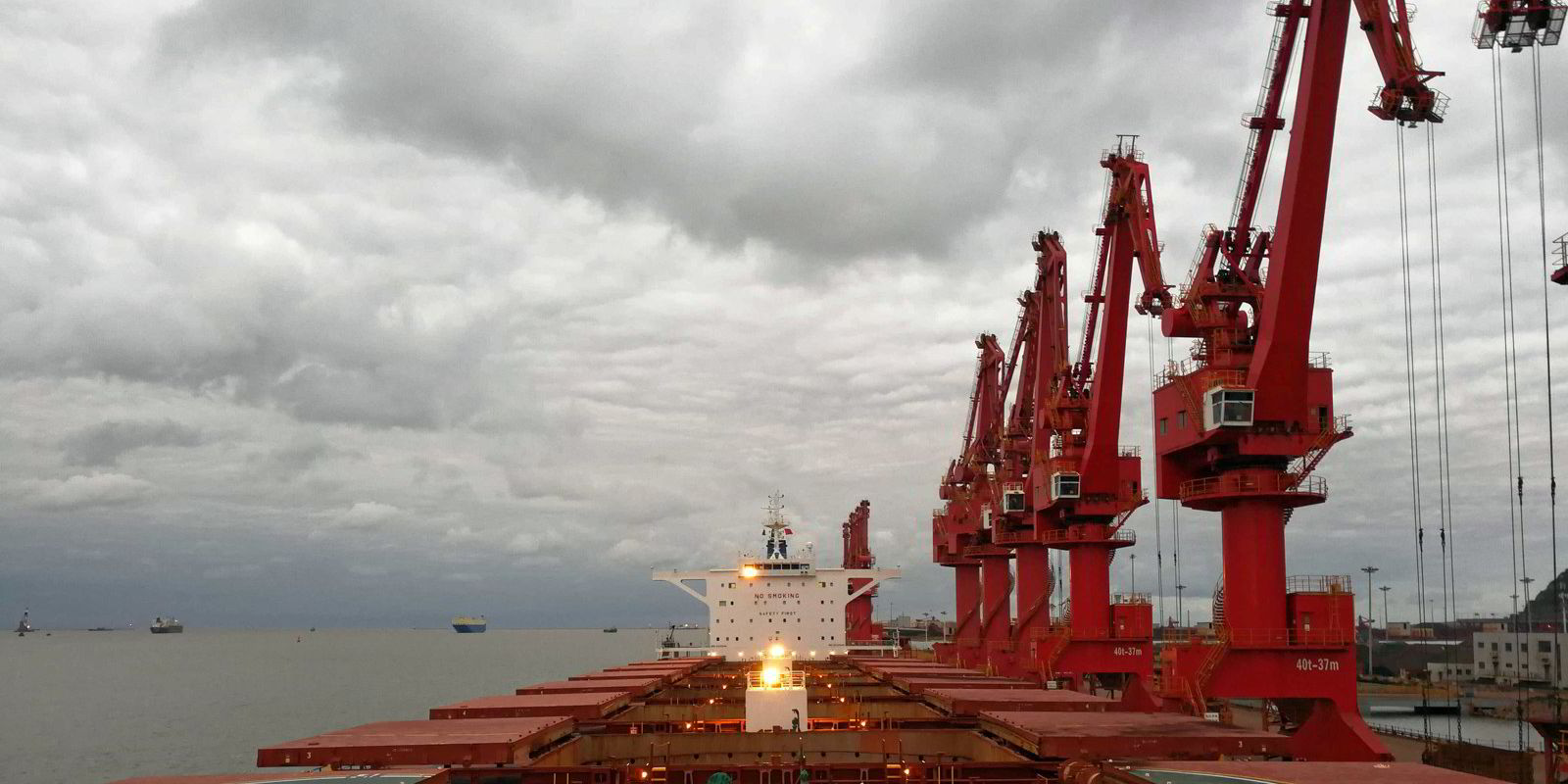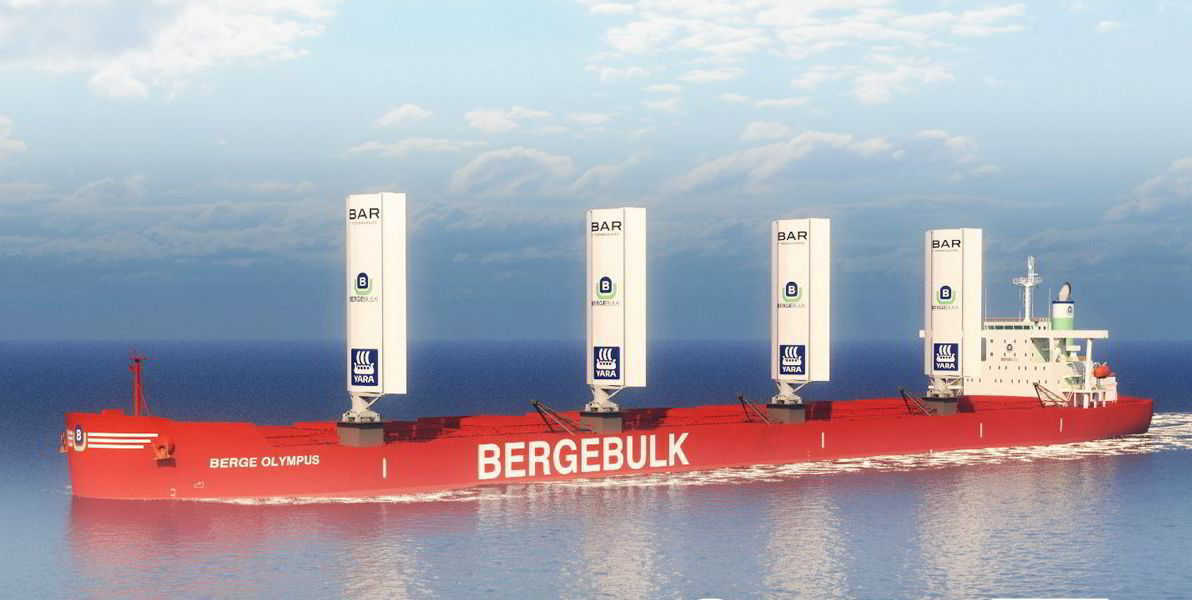Average spot rate assessments for capesize bulk carriers have more than doubled in the space of two days, shortly after market watchers were wondering whether assessments for capesize bulk carriers might enter negative territory this week.
But analysts say the turnaround has come on the back of short-term effects on vessel supply and that the market needs a more radical boost to demand for rates to take off again.
The 5TC, the weighted average of spot rates across five key benchmark routes, jumped $2,189 to $6,076 per day, according to Baltic Exchange assessments.
That is an increase of 56% compared to Thursday, when the index was assessed 55% higher than the previous day.
Burak Cetinok, head of research at Arrow Shipbroking, said the upturn in the market is due to factors that are limiting vessel supply in the short term.
“The market has been testing higher recently, but the weather delays caused by Typhoon Hinnamnor have encouraged more resistance from owners over the past couple of days,” he told TradeWinds.
“Congestion is also inching up and could rise further as new lockdowns in China, such as the port city of Dalian, may increase waiting times.”
For the market to recover fully, there will need to be a much clearer and more decisive turnaround in fundamentals, Cetinok added.
“Looking ahead, the supply-demand balance in the capesize segment is seemingly bottoming out, but it is too early to say that the recovery can be sustained at this stage,” he said.
“Demand is still weak, and supply is still high. We need to see further tightening in the market before forming a firm opinion about where the rates are heading.”
In the meantime, capesizes earning around $6,000 each day are still barely covering their outgoings and the sector still has some way to go before it can be said to be in the money once more.
Daily operating expenditure for bulk carriers of all sizes is estimated at $5,085 per day, according to the Baltic Exchange's last estimate in July. This figure, however, comprises only crewing, technical and insurance costs and associated fees.
Typhoon Hinnamnor, believed to be the strongest tropical storm of the year, is forecast to hit mainland China, southern Japan and South Korea this weekend as it moves north through the East China Sea.
The big moves in rates on Friday were seen for round voyages originating in the same region.
Transpacific round voyages from China/Japan were assessed $3,354 higher at $10,445 per day.
Panellists priced round voyages to Brazil from China at $8,000 per day, up by $3,020 since Thursday.
Over in the Atlantic, rates have firmed but less dramatically.
Just two new iron-ore fixtures from Brazil for China were reported this week, while six capesizes were reported by major miners for ore voyages from Western Australia to China.
Another cape was booked this week for a trip from Seven Islands in Canada to Rotterdam with iron ore.
“Vessels in the Atlantic have had difficulties finding cargo, while those available have been fought over with prices diving as a result,” the Baltic Exchange said in its weekly market report on Friday.
The transatlantic round voyage was assessed at $2,367 per day on Friday, up by $1,167. Rates on the route bottomed out at $944 per day on Wednesday.
“As several capesize vessels have gone into hot layup at strategic locations, scrubber-fitted vessels have continued to trade as normal due to the high and low-sulphur bunker spread commanding a strong premium,” the Baltic added.
Scrubbered capesizes continue to have the edge on their competition, while the price of very low-sulphur fuel oil (VLSFO) remains at a costly premium to heavy fuel oil.
The average price of VLSFO across 20 bunkering ports worldwide was $770.50 per tonne on Friday, $244 more than the average price of IFO380 bunker fuel, according to data from Ship & Bunker.
As the capesize market regained its pulse, the sector helped the Baltic Dry Index to pull itself up above the 1,000-point level once again on Thursday.
The index, the overall indicator of the strength of bulker markets excluding handysizes, was calculated at 84 points higher at 1,086 points on Friday.





